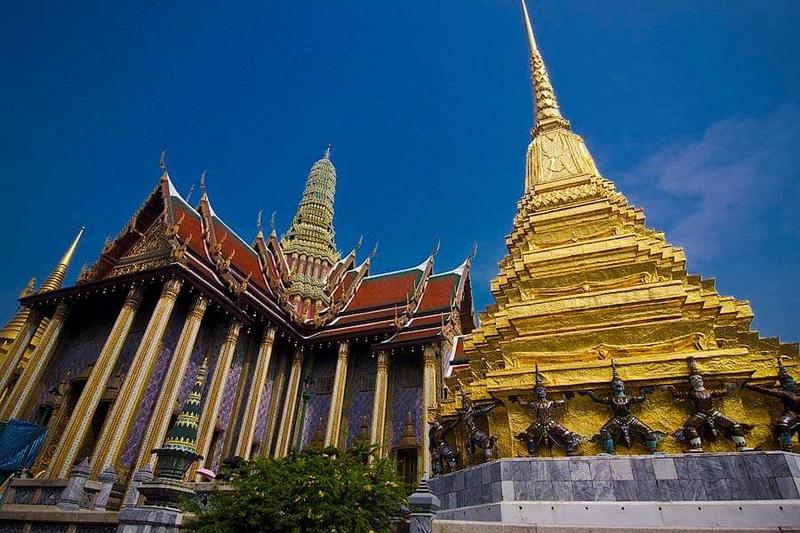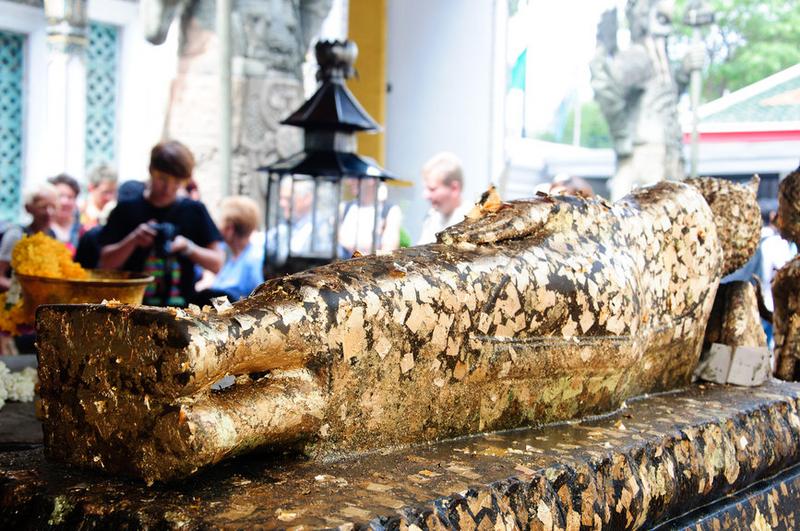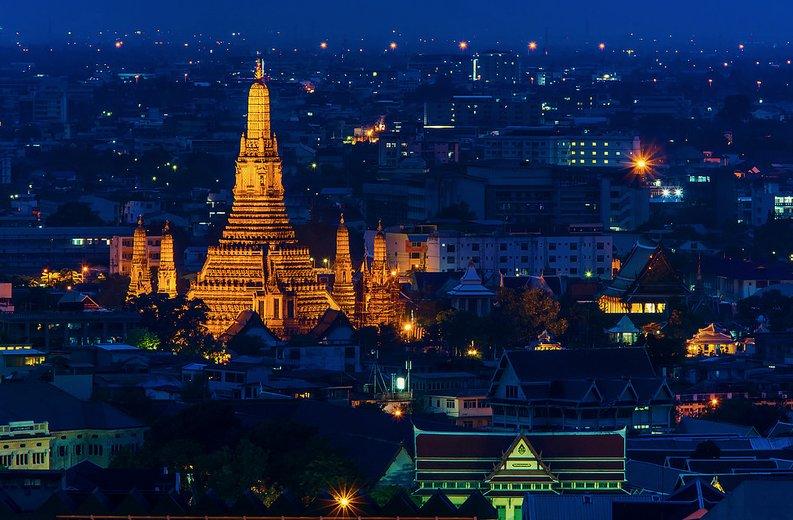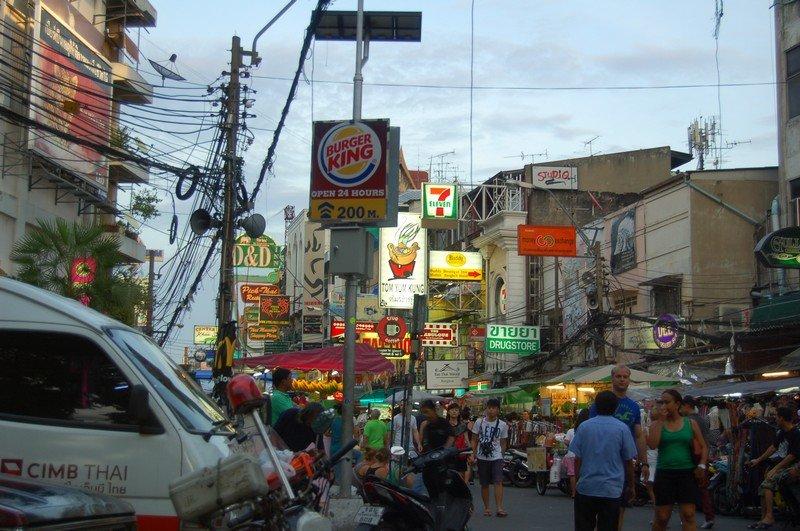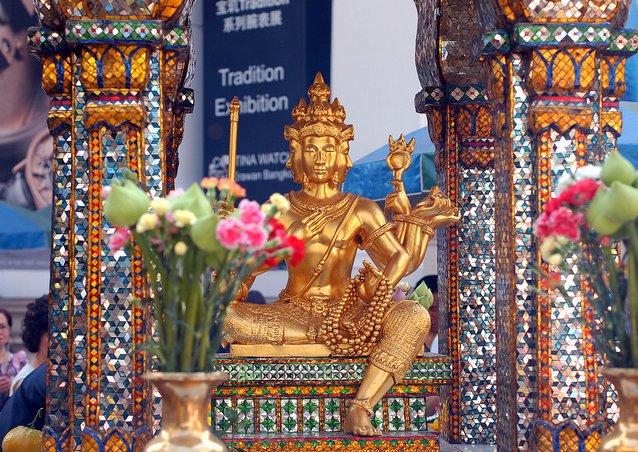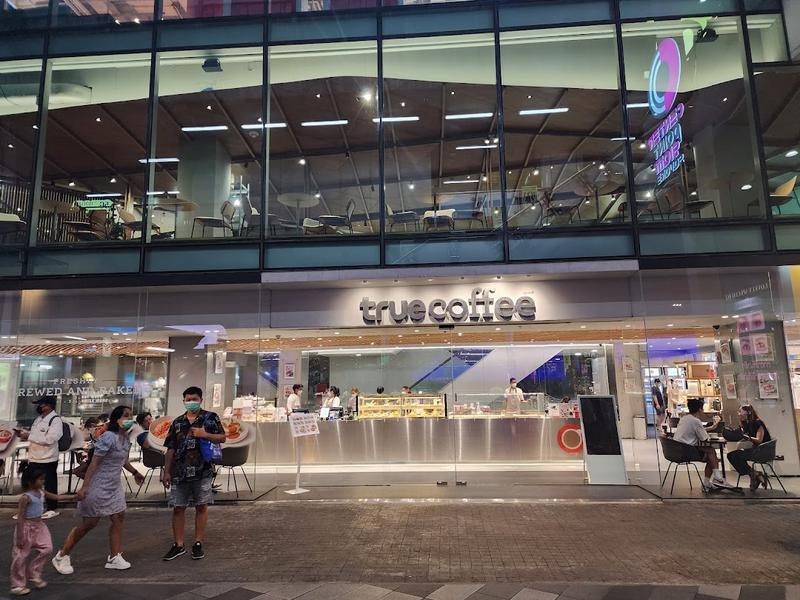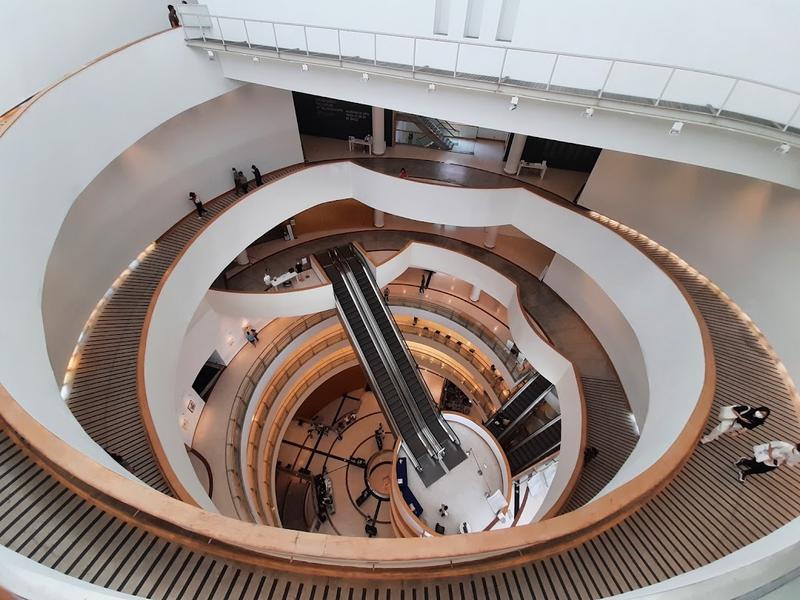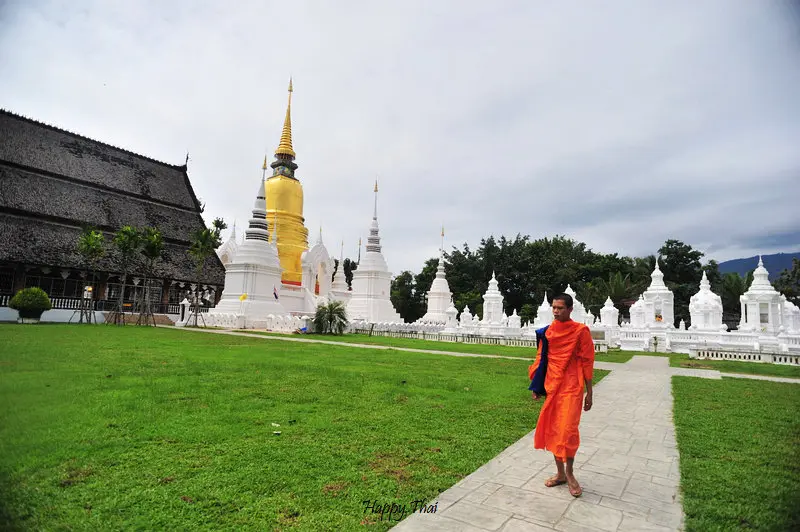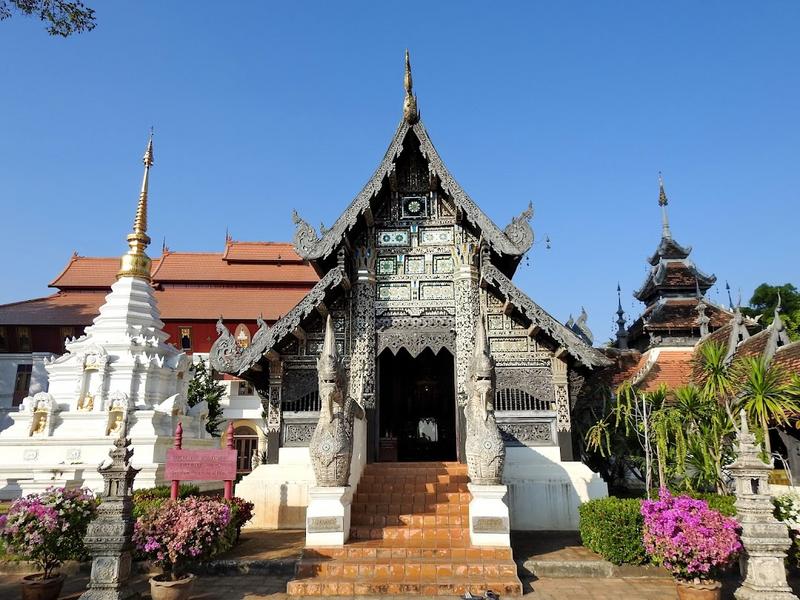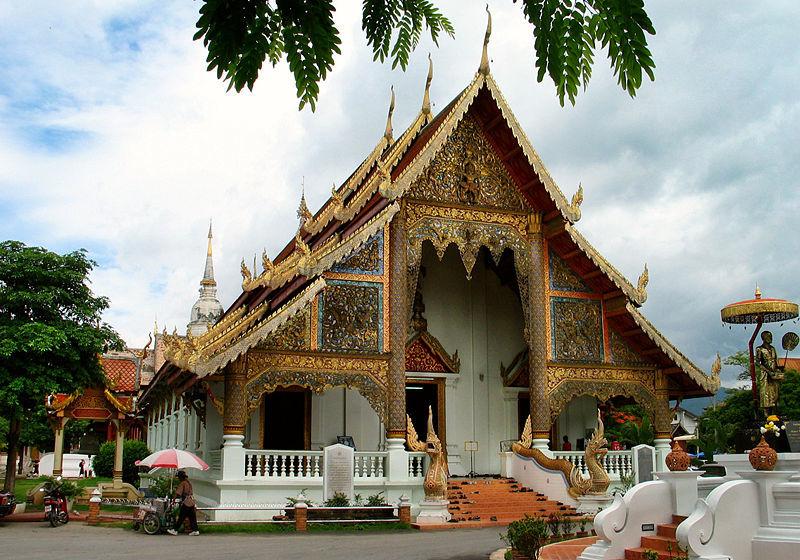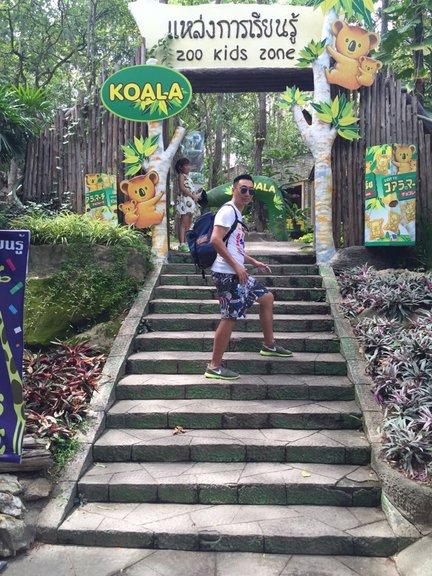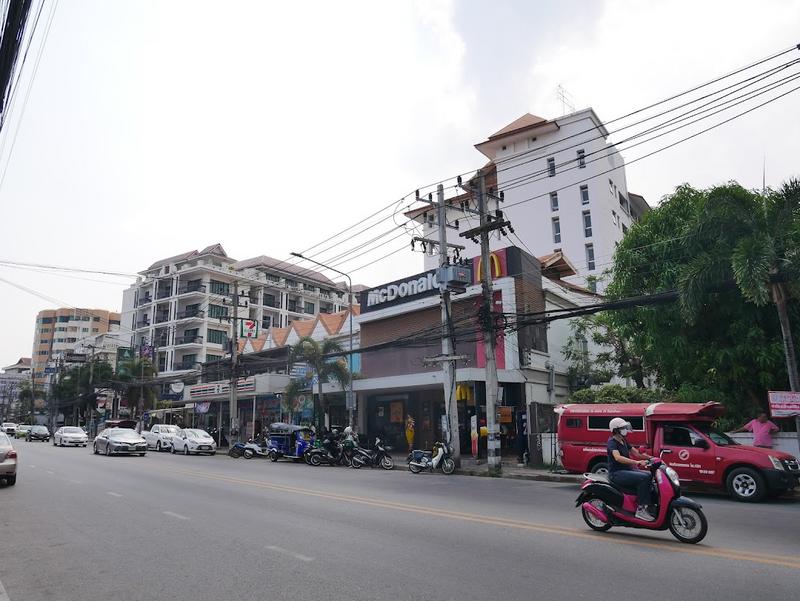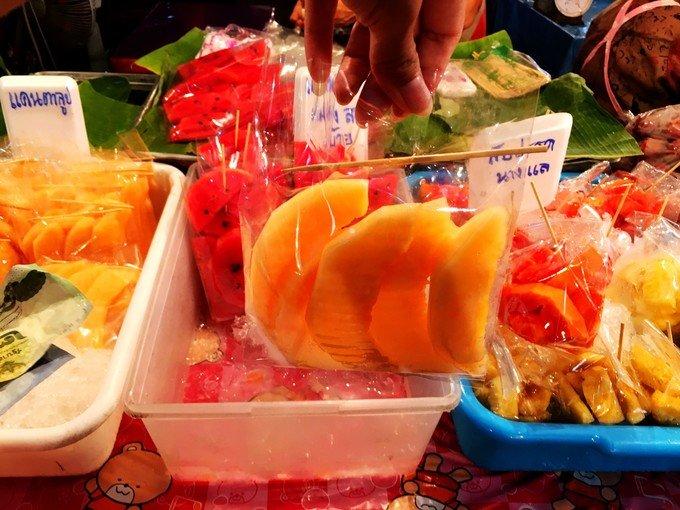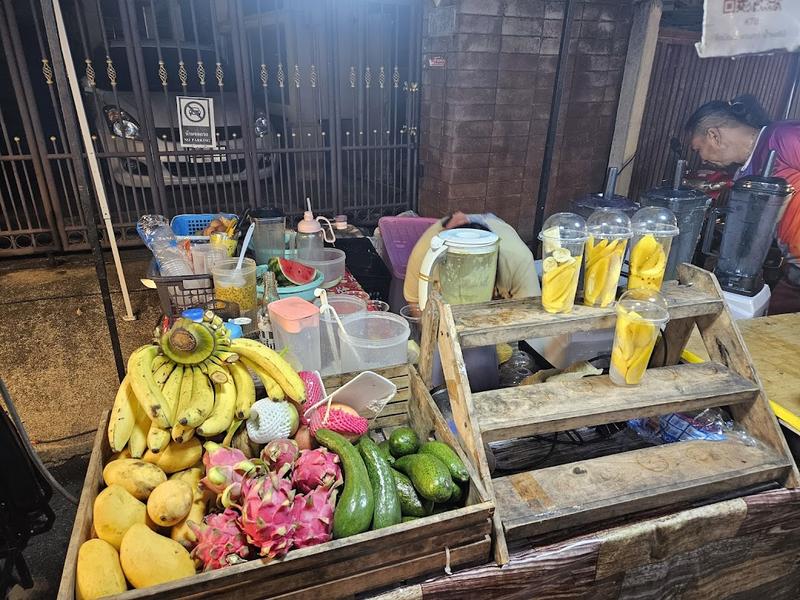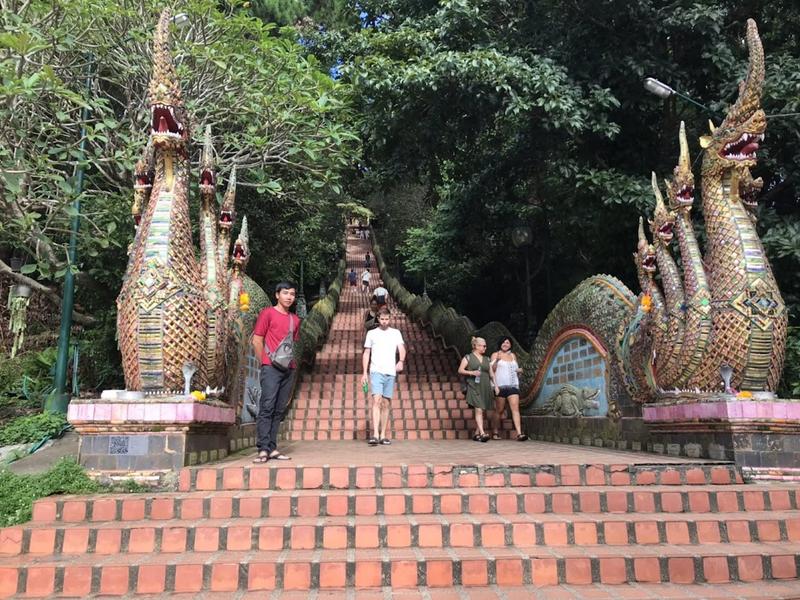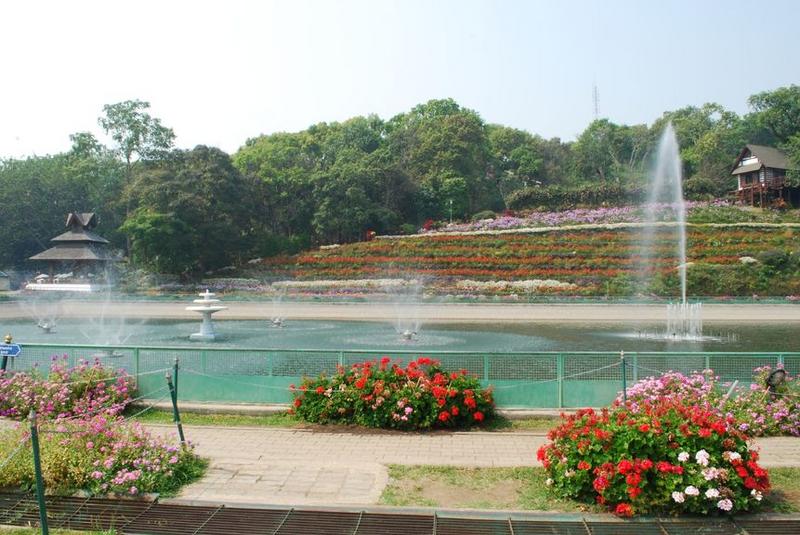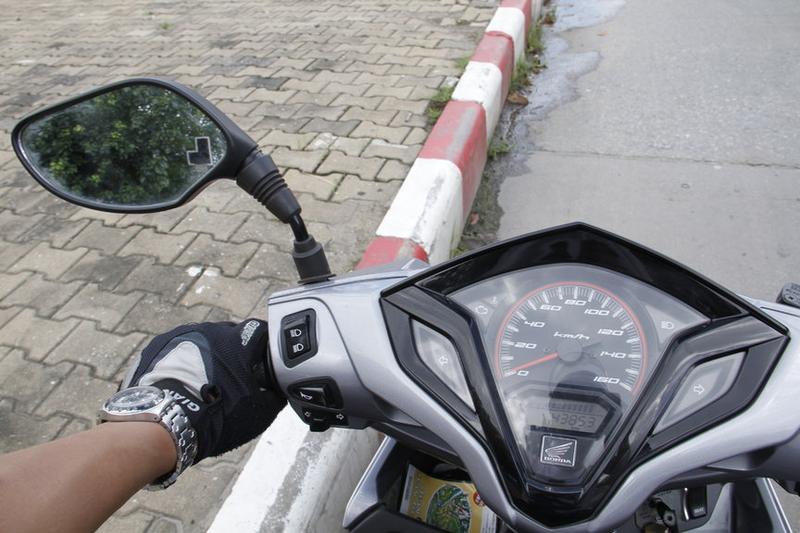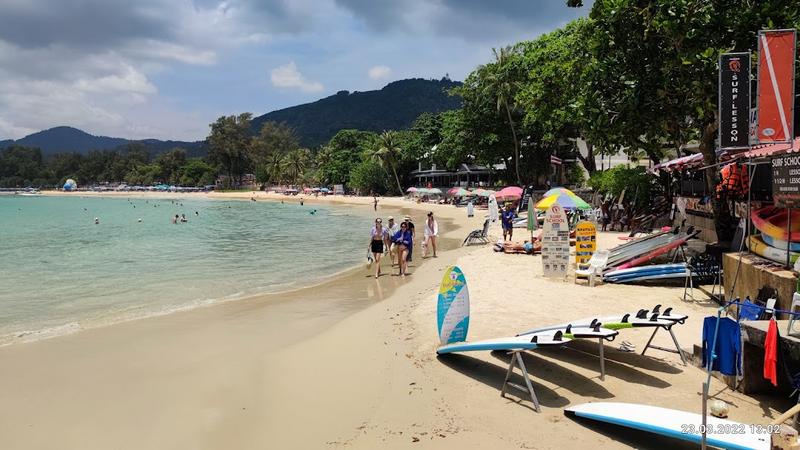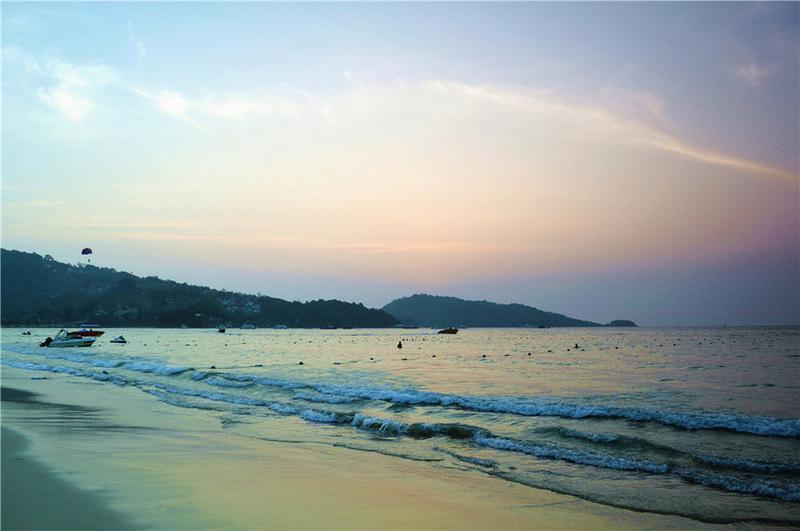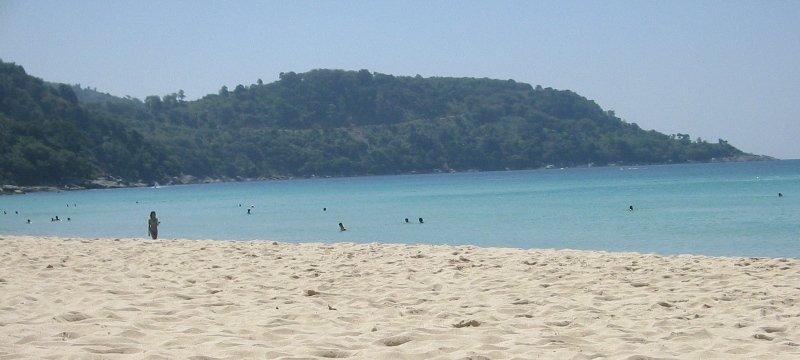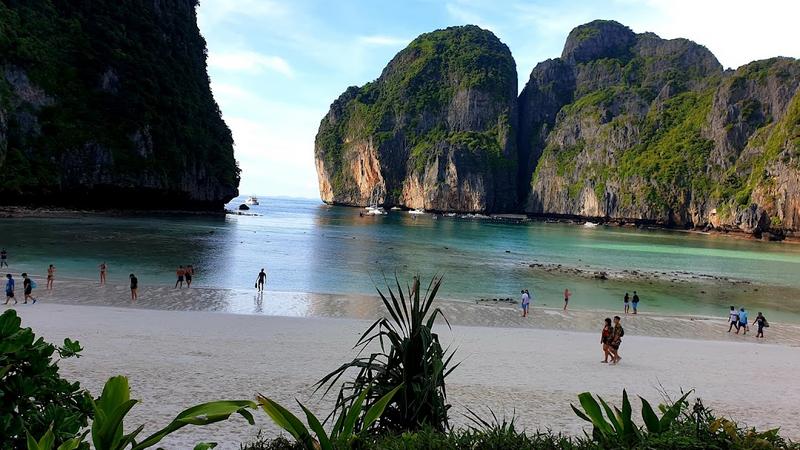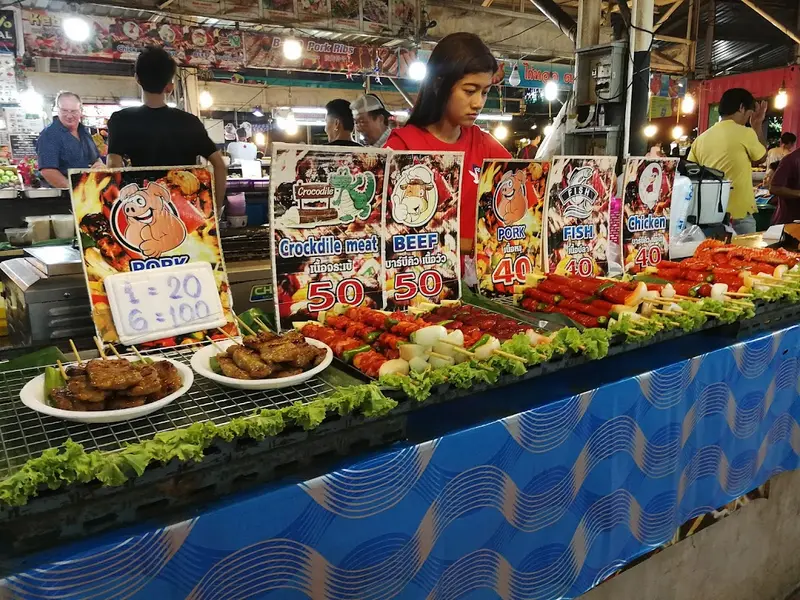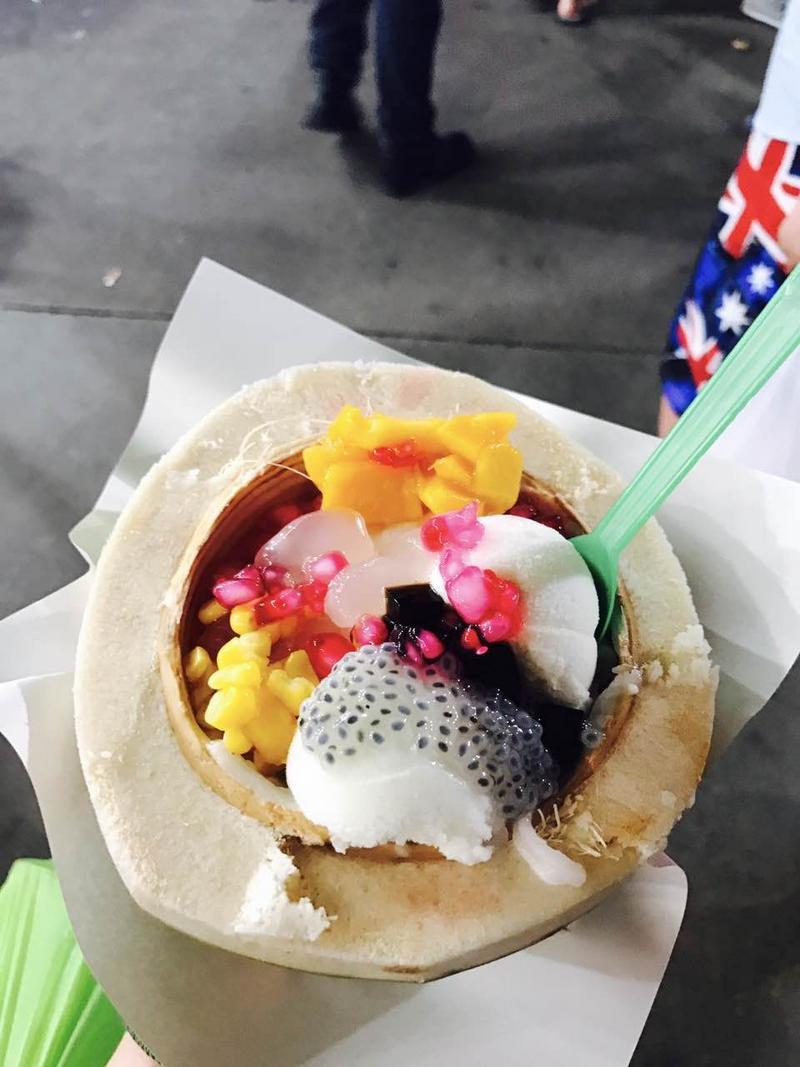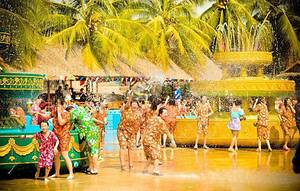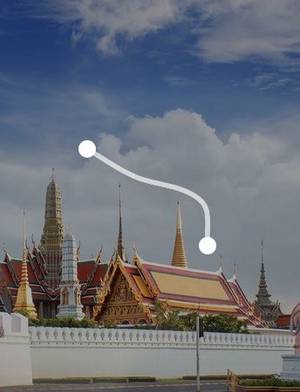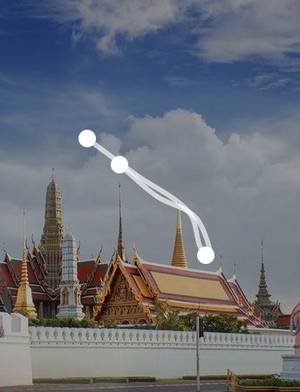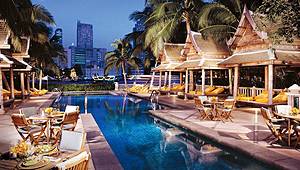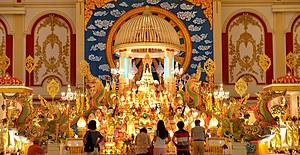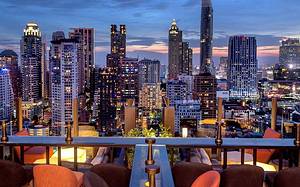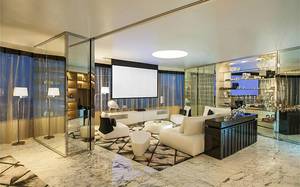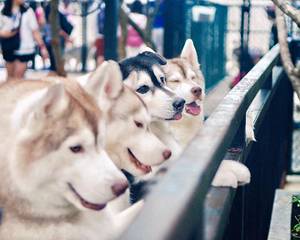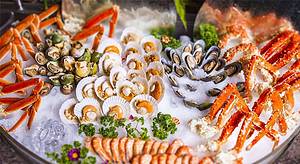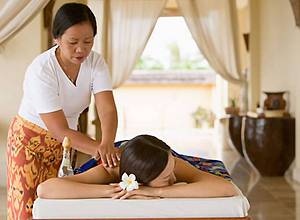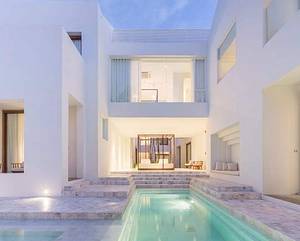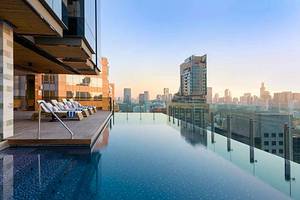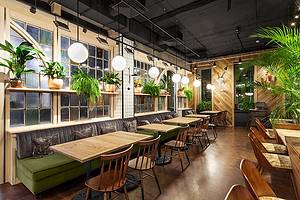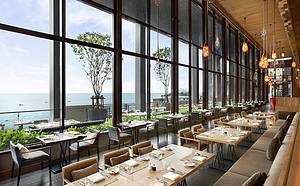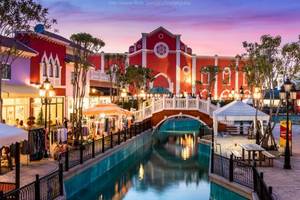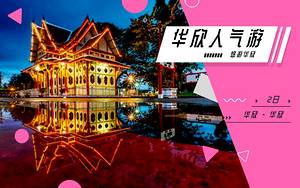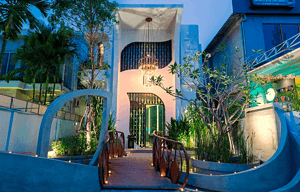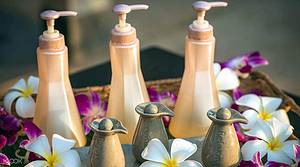Thailand 5 Days: Bangkok, Chiang Mai, Phuket [Short, Concise]
3 cities |
28 attraction(s) |
total distance 1926
km
 TIPS
TIPS
Day1
Day2
Day3
Day4
Day5
Day1: Bangkok
4 attraction(s) ·
3 km
1
Built in 1782, this ornate royal palace complex now houses a museum & is open to visitors.
1
km
2
Wat Pho, also known as the Temple of the Reclining Buddha, is located near the Grand Palace in Bangkok. Built in 1788, it is one of the oldest and largest temples in Thailand. The temple is divided into the main temple area and the monastery area, and visitors can explore the main temple area. This area is further divided into the main hall area and the stupa courtyard area, with one of the highlights being the giant reclining Buddha statue inside the main hall. The statue is 46 meters long and 15 meters high, making it one of the iconic landmarks of Wat Pho and a popular spot for photography. The statue is adorned with exquisite mother-of-pearl inlays and 108 auspicious symbols, as well as beautiful murals and gold leaf designs on the windows. Along the corridor, there is also a row of 108 monk bowls where visitors can make offerings with coins and make wishes. Wat Pho is also the earliest university in Thailand, with a heritage in medicine and traditional Thai massage. It has undergone two reconstructions and has a long history. Thai culture has been influenced by China, so one can see the presence of Chinese elements in the architecture and sculptures of the temple. Even after the reconstruction, Wat Pho continues to attract many visitors from around the world.
1
km
3
Wat Arun or the Temple of Dawn is a Buddhist temple located on the west bank of the Chao Phraya River in Bangkok, the capital of Thailand. It was completed in 1809 and underwent renovations in 1847. With its towering main spire reaching 82 meters in height, Wat Arun is known as the "Eiffel Tower of Thailand" and is the largest Mahayana-style pagoda in the country. The temple complex also includes two smaller temples, one of which houses various Buddha statues. Wat Arun is a significant cultural landmark and one of the most visited temples in Bangkok.
2
km
4
Khao San Road has always been a favorite place for backpackers. It is close to many tourist attractions, such as the Grand Palace, National Museum, and Art Galleries. There are numerous bars and unique shops where you can experience the local culture and buy souvenirs. Additionally, the famous Lumphini Night Market, Wholesale Souvenir Market, and open-air Beer Gardens are also located near Khao San Road. The annual Songkran Festival, known as the Water Festival, takes place here and is an important cultural event in Thailand. For budget travelers, almost all ATMs near Khao San Road accept UnionPay cards, and the withdrawal fees for debit cards are relatively low.
Day2: Bangkok
5 attraction(s) ·
16 km
1
The famous Four-Faced Buddha in Thailand is a miraculous statue, known as the "Fulfiller of Wishes" Buddha. Every day, worshippers from around the world come to pay homage. The Buddha has four faces, representing love, career, health, and wealth. Visitors can worship each face in a clockwise direction and mention their birthdate and time. Inside the Four-Faced Buddha, one can purchase incense, candles, and garlands for worship at a fair price. Offerings include elephants, flowers, and coconuts. After worship, one can ask for a bottle of holy water from the fellow worshippers and remember to fulfill their vows when their wishes come true. The order of worship is important. Enter through the main gate, worship the first face, and then proceed clockwise to worship the remaining three faces before washing hands and face from the water basin. The first face represents career, the second face represents love, the third face represents wealth, and the fourth face represents peace and wisdom.
1
km
3
Big, modern exhibition & performance venue for contemporary arts with a cafe, bookshop & library.
5
km
Day3: Chiang Mai
8 attraction(s) ·
15 km
1
One of Thailand's important cultural heritages, the ancient city is in a square shape with a perimeter of approximately 1.5 kilometers, and the city walls and moat are well-preserved. Inside the ancient city, there are numerous traditional temples and pagodas, as well as unique hotels, guesthouses, cafes, and restaurants. There are many city gates in the ancient city, and the East Gate Tapae Gate is well-preserved.
Famous temples in the ancient city include Wat Chedi Luang, Wat Phra Singh, and Wat Chiang Man, most of which can be visited for free, with only a 20 Baht entrance fee for foreigners at Wat Phra Singh.
The ancient city is also the location of the popular Sunday Night Market, which is held on the street near the East Gate Tapae Gate.
1
km
2
Temple complex with a partially crumbled 15th-century chedi & a pillar believed to protect the city.
1
km
3
Wat Phra Singh, built in 1345, is the largest temple in the ancient city of Chiang Mai and one of the must-visit attractions for tourists. The most famous part of the temple is the sacred hall that houses the Phra Singh, a lion-shaped Buddha statue. It is the highest-ranking and largest temple in Chiang Mai, alongside Wat Chedi Luang. The temple has undergone several expansions and renovations to reach its present size. It houses the ashes of King Kaewfa and exquisite wooden carvings and murals. The most impressive feature is the gold-plated Phra Singh Buddha statue, which gives the temple its name. The temple also features a library and collection of traditional art. The outside walls are adorned with large advertisements about Buddhism, and two white mythological creatures stand at the entrance. Inside the temple, traditional music is performed while the temple is lit up with decorations. Across the street from Wat Phra Singh is Wat Pha Bong.
5
km
4
Chiang Mai Zoo was established in 1974 and is located in Chiang Mai, northern Thailand. It was originally a privately owned zoo and became an official zoo on June 16, 1977. The zoo features a monorail and a 133-meter-long aquarium, allowing visitors to observe various animals in an excellent position and experience the animal culture of Thailand.
3
km
5
Buzzing road lined with craft coffee shops, boutiques, hip restaurants & cocktail bars.
3
km
Day4: Chiang Mai
8 attraction(s) ·
22 km
1
5,499-foot mountain featuring trails through evergreen forests & a picturesque, hilltop temple.
4
km
2
In addition to its gold stupa, pagodas & museum, this mountainside temple offers broad city views.
3
km
3
Phu Ping Palace is the royal palace and summer retreat of the Thai royal family. It was built in 1962 and is mainly in Thai architectural style. Located on Doi Suthep mountain, surrounded by green hills, the scenery is very beautiful. Visitors can explore the palace courtyard, but the interior is not open to the public. The gardens are lush with beautiful flowers and various exotic plants, including roses, sage, and other unique flowers. The winter months from December to January are especially beautiful, and it is a joy to admire tropical flowers here. There are 10 attractions in the garden, including buildings and gardens, allowing visitors to experience the rich culture of northern Thailand. The ticket prices are 50 THB for foreigners, 20 THB for locals, and 10 THB for children. The opening hours are 8:30-12:30 in the morning and 13:00-16:00 in the afternoon on Saturdays, Sundays, and public holidays. Equipment and electric cars are available for rent in the park, making it convenient for visitors to enjoy the colorful tropical flowers in the palace. The entire park has excellent facilities, including 5 restrooms, allowing visitors to fully appreciate the beautiful scenery of this highland retreat.
6
km
4
Chiang Mai University was founded in 1964 and is the first higher education institution in northern Thailand. Today, it is ranked second in Thailand and is the top university outside of Bangkok. The campus covers an area of 14 square kilometers and has 107 faculties, with over 18,000 students and over 2,000 faculty members. While its overall academic reputation may not match some of the well-known universities in Bangkok, Chiang Mai University is highly regarded for its engineering and medical technology programs, earning a good reputation. Additionally, the campus is located near Doi Suthep Mountain, about 2 kilometers west of the city center, offering a beautiful environment.
1
km
5
Chiang Mai Zoo was established in 1974 and is located in Chiang Mai, northern Thailand. It was originally a privately owned zoo and became an official zoo on June 16, 1977. The zoo features a monorail and a 133-meter-long aquarium, allowing visitors to observe various animals in an excellent position and experience the animal culture of Thailand.
6
km
Day5: Phuket
8 attraction(s) ·
54 km
2
Patong Beach is a public beach located in the middle of the west coast of Phuket Island. It is three kilometers long, requires no entrance fee, and is open to the public 24 hours a day. Due to the natural bay barrier, the waves here are relatively calm and perfect for swimming and beach activities. Patong Beach's unique geographical conditions have made it one of the earliest and most mature beaches in Phuket Island. Here, you can find a large number of hotels, restaurants, bars, and small shops, and enjoy a wonderful holiday. However, the prosperity of Patong Beach also brings commercialization and environmental pollution, and the beach and seawater are some of the most polluted in Phuket.
Choosing to stay in Patong Beach, you can enjoy beach activities such as beach chairs, umbrellas, Thai massages, motor boats, banana boats, and parasailing during the day, and taste seafood stalls, buy souvenirs or spend a beautiful night in a bar at night. If you are interested in Phuket's bar culture, you might as well go to Bangala Road and experience the pedestrian street perpendicular to the beach, enjoy the performances of pole dancing girls and ladyboys, or watch various unique performances. Even if you are not a fan of nightlife, you can stroll through the bar street at night and experience Phuket's unique culture.
9
km
3
Located on the west coast, Kata Beach is adjacent to Karon. From Patong, taking a tuk-tuk only takes 15 minutes and costs about 450 baht. Among the three main beaches, Kata Beach is the most suitable for swimming. Although the beach is not very long, the sand is soft and the waves are very mild. There are rocks at both ends of the beach, making it a good place for taking pictures. There are many European and American tourists on the beach, laying lazily on beach chairs all day long. The whole Kata area is mainly for European and American tourists, presenting a seaside town flavor. The restaurants here mainly serve western food to cater to the tourists' taste. Although there are also cafes and bars on Kata Beach, it is not as lively as Patong. The overall prices for food and shopping are higher than those in Patong and Karon.
13
km
5
The Thaihua Historical Museum is located in Phuket Town. It used to be the oldest Chinese school in Phuket, benefiting from its proximity to the northern Malay Peninsula and the excellent conditions at the time. In modern times, the Chinese community in Phuket placed great importance on the Chinese language education. As a result, the Chinese school thrived and excelled in Chinese language education in Thailand. Today, the Thaihua Historical Museum has become an important place to showcase the history and culture of Chinese schools in Phuket.
9
km
